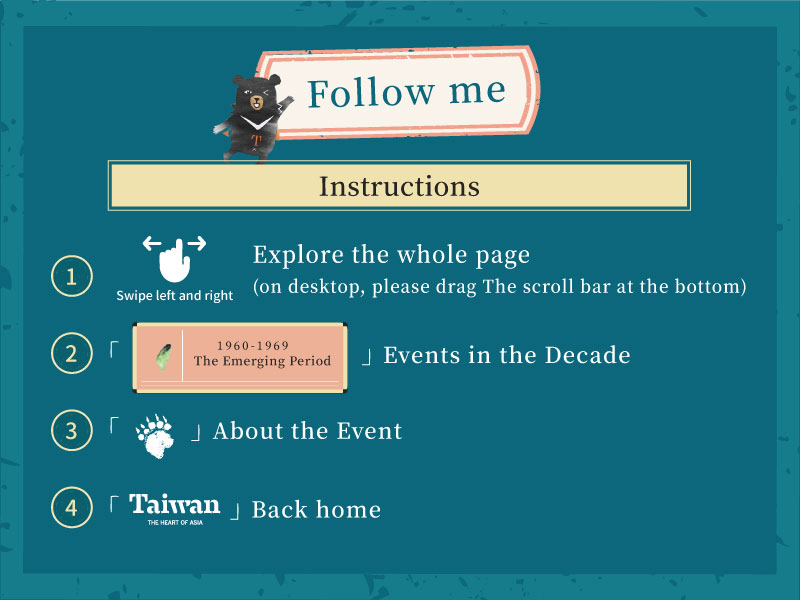|
|
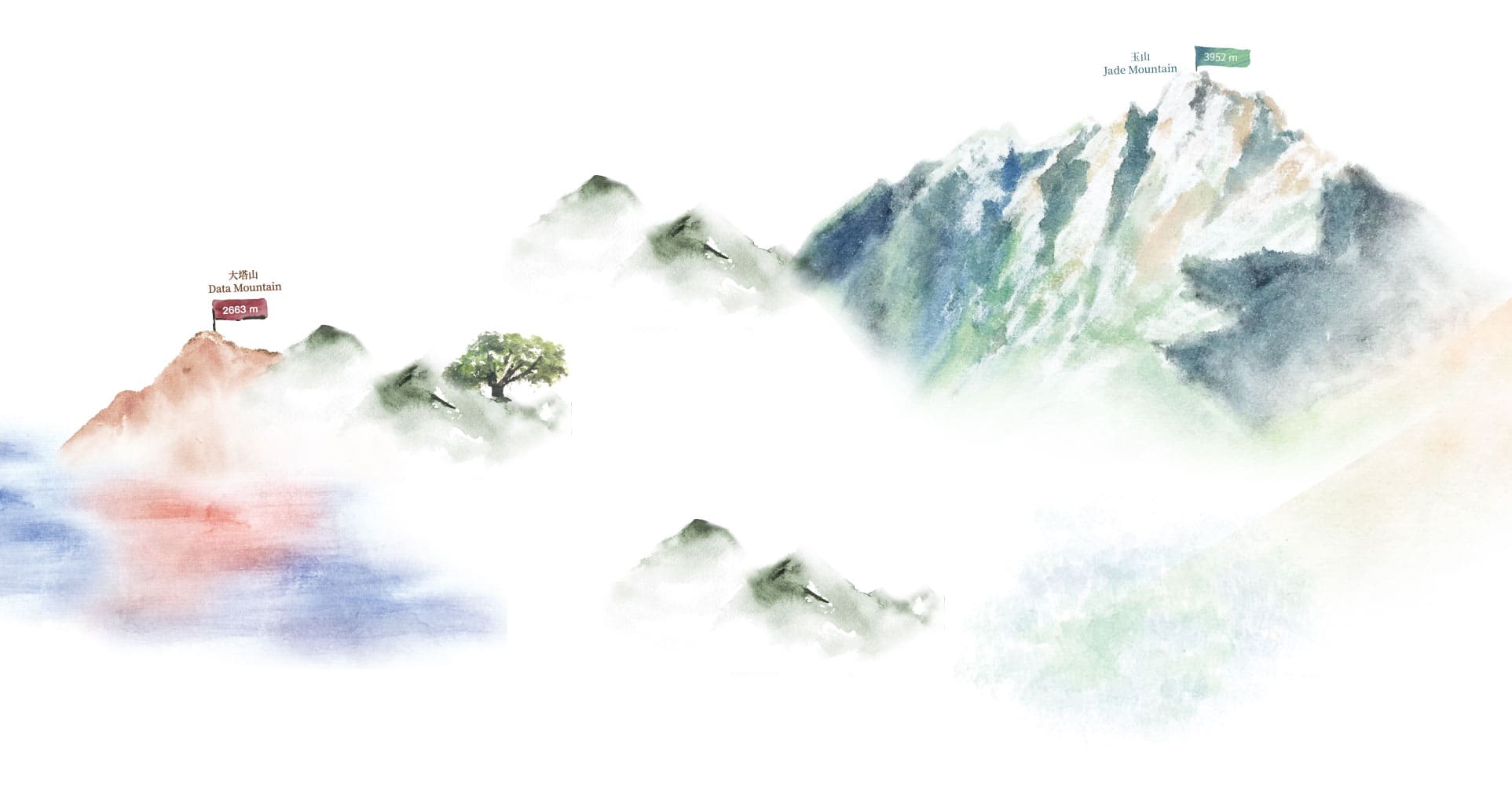

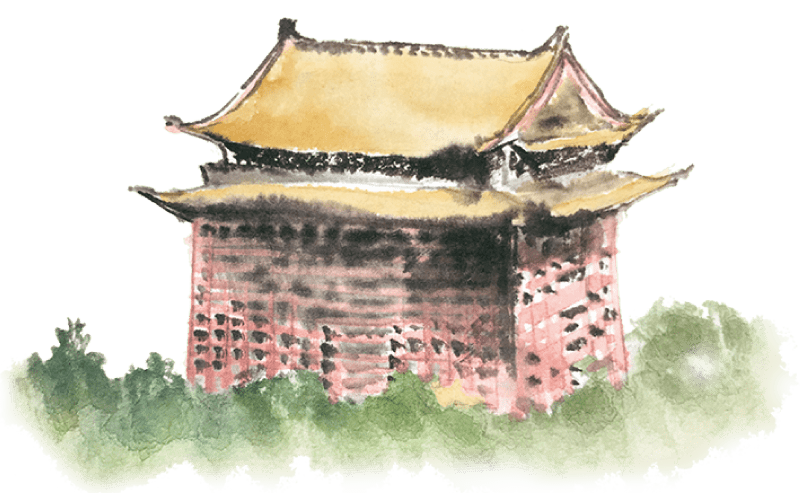

1963
The Grand Hotel was completed.
- In April, an advertisement promoting Taiwan tourism was released in the New York Times for the first time.
- Construction of the Grand Hotel began in 1952, and the hotel's infrastructure was completed in 1963. In 1967, it was named one of the world's top ten hotels by the Fortune Magazine.

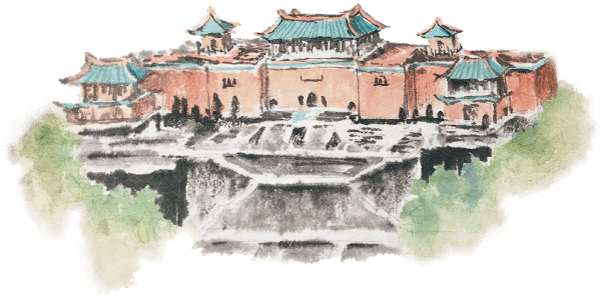

1965
The National Palace Museum was established.
- In November, the National Palace Museum's new building in Taipei's Waishuangxi area was completed and opened to the public. It boasted 650,000 priceless collections of Chinese art treasures. In 2001, the construction of the Southern Branch of the museum had begun, and it was opened to the public in 2015.

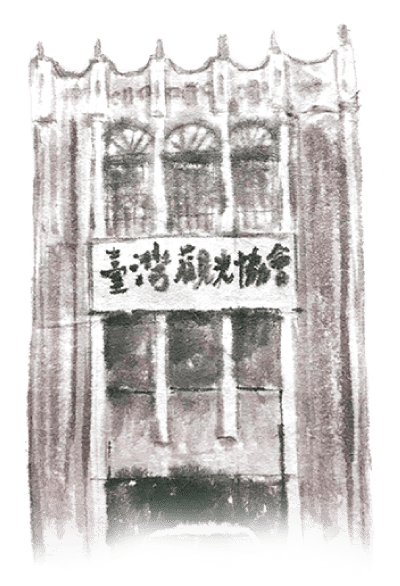

1960
The Taiwan Visitors Association was established.
- The tourism industry in the Republic of China emerged in 1956 when the Taiwan Provincial Government established the "Taiwan Provincial Tourism Committee" and advised its citizens to establish the "Taiwan Tourists Association." These became the earliest official and private tourism organizations. In order to actively promote the growth of tourism, the Ministry of Transportation and Communications established the "Committee of Tourism" in 1960. At the beginning of the Tourism Bureau, the "Committee of Tourism" was in charge of tourism regulations, important plans, as well as supervision and promotion of tourism. It also proposed the "Four-year Tourism Industry Plan."

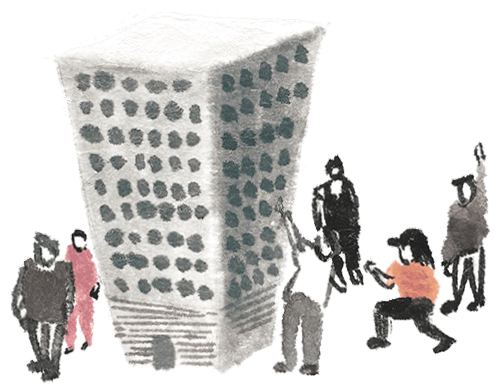

1966
The MOTC Committee of Tourism was set up.
- In October, the "Committee of Tourism" of the Ministry of Transportation and Communications was reorganized as the "Tourism Council," which is the predecessor of the Tourism Bureau.

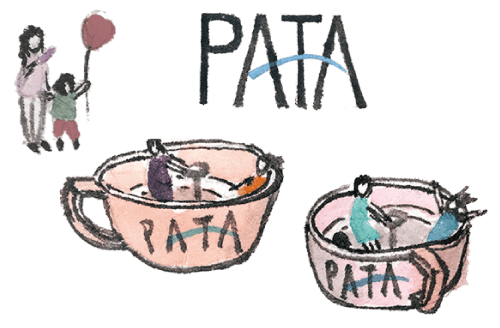

1968
Taiwan hosted the 17th Pacific Asia Travel Association annual conference for the first time.
- In February, the 17th Pacific Asia Travel Association (PATA) Annual Conference was hosted in Taiwan for the first time. From its scale to number of participants, it became the largest international conference ever held in Taiwan up to that time.


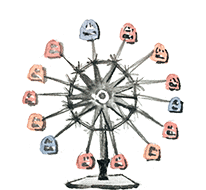
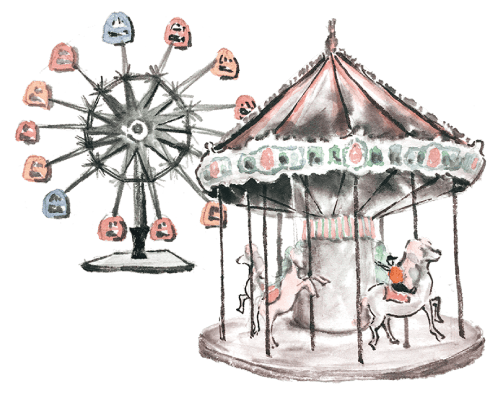
1967
The Children's Amusement Center opened.
- The Children's Amusement Center was opened in the Yuanshan neighborhood of Taipei City. It was the earliest public children's amusement park in Taiwan. At the same time, Taiwan's first private amusement park, the Yun-hsien holiday resort, was opened.

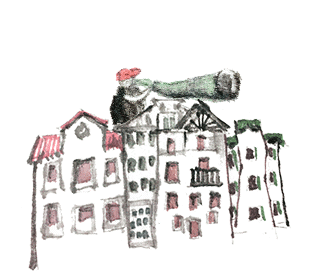

1969
Act for the Development of Tourism was enacted.
- In July, "The Act for the Development of Tourism" was adopted to establish the legal basis for the development and management of tourism.
|
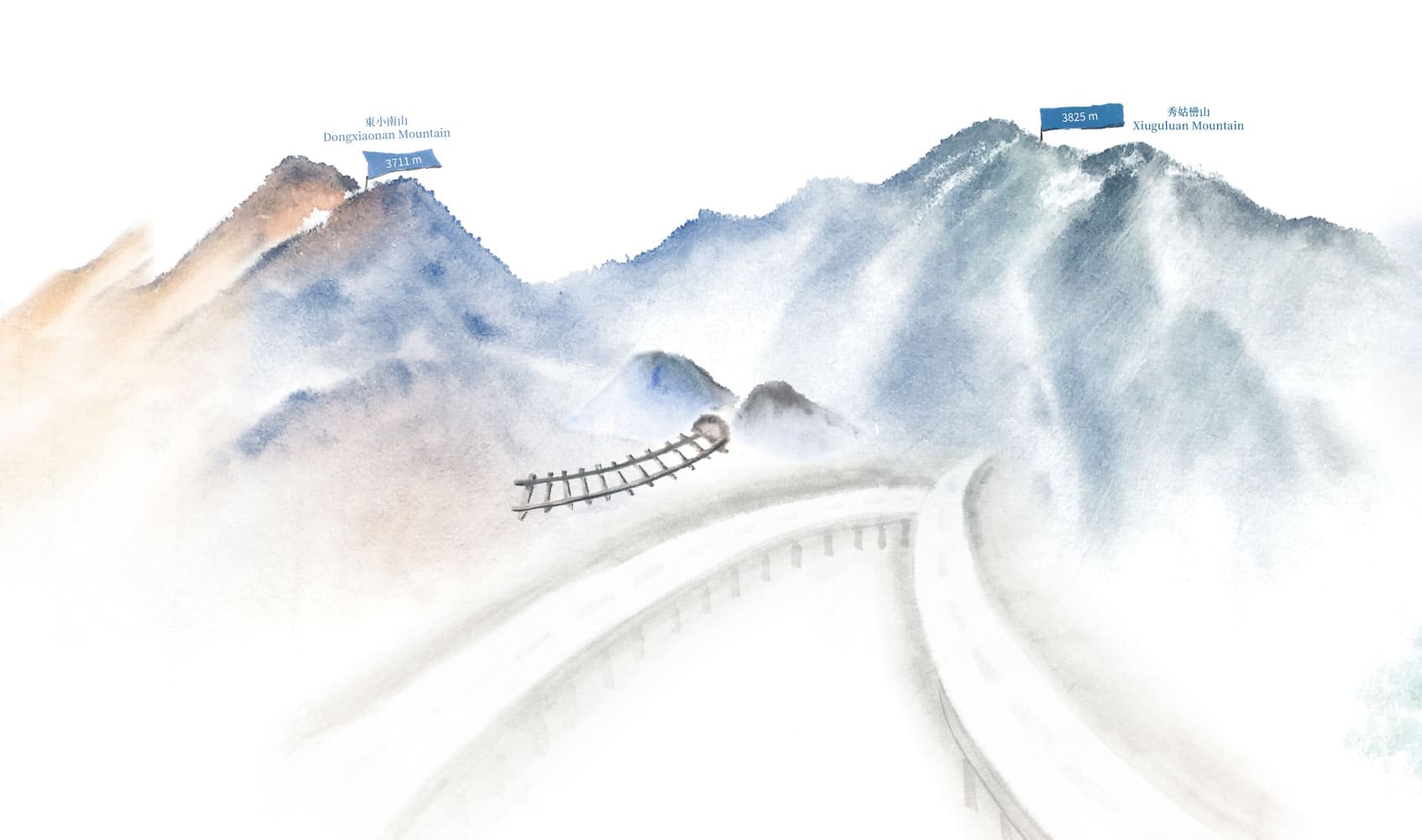

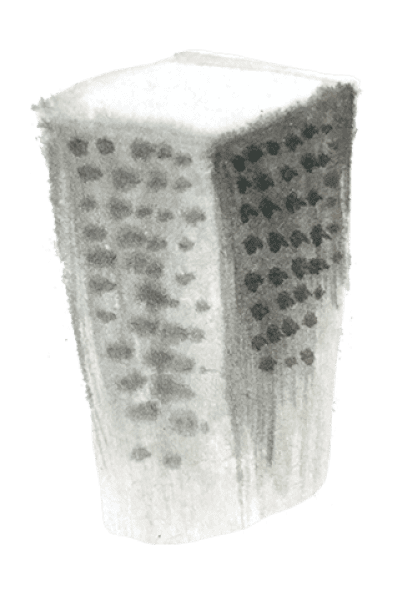

1970
The first Overseas Branch Office was set up in San Francisco.
- It also established its first Overseas Branch Office, the San Francisco Office, and subsequently established other foreign offices, including in Tokyo and Frankfurt.

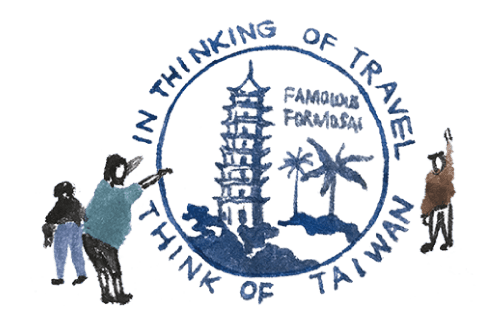

1971
Tourism Bureau, Ministry of Transportation and Communications was established.
- In June, the Tourism Council under the MOTC and the Taiwan Provincial Tourism Administration were merged and reorganized as the "Tourism Bureau, Ministry of Transportation and Communications." On December 29, 1972, the "Organization Act of the Tourism Bureau, Ministry of Transportation and Communications" was promulgated. On March 1, 1973, the "Tourism Bureau, Ministry of Transportation and Communications " was renamed as the " Tourism Bureau, MOTC." It was in charge of comprehensive proposals, implementation and management of the national tourism industry. Since 1974, county and city governments have successively launched their own new tourism efforts.



1975
Hotels for domestic tourists were constructed around several scenic spots.
- In November, "the Guidance and the Management Measures of the National Scenic Area Hostel and Recreation Facilities" was established. The government rented public lands and subsidized relevant organizations to build national hostels, including the National Taiwan University Experimental Forest Xitou National Hostel,the Wushantou National Hostel, and the Sun Moon Lake Youth Activity Center.

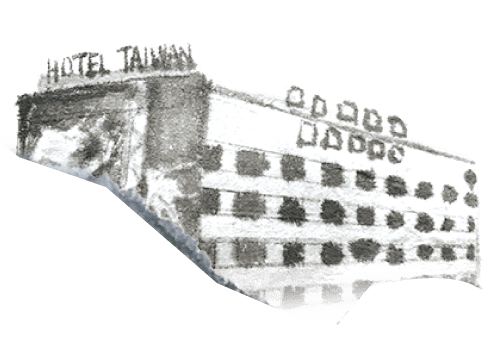
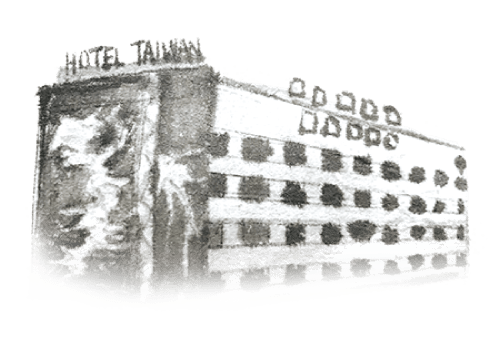
1977
Regulations for the Administration of Tourist Hotel Enterprises were adopted.
- In July, "The Regulations for Administration of Tourist Hotel Enterprises " was promulgated to divide tourist hotels into international tourist hotels and general tourist hotels.
- In October, the 15th day of each Lunar New Year was designated as a Tourism Festival.


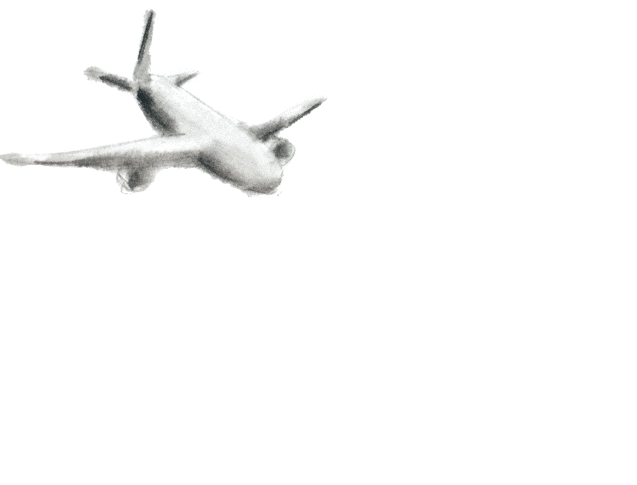

1979
The Taoyuan International Airport officially opened.
- In January, Republic of China citizens were allowed to go abroad for tourism.
- In February, the first terminal of the Chiang Kai-shek International Airport was opened (it was renamed as Taiwan Taoyuan International Airport in 2006).
- In July, electrification work of the Western Trunk Line was completed and put into use, reducing the Taipei to Kaohsiung travel time from 8 to 4 hours. It created a new page in the history of Taiwan's railways.



1978
All highways officially opened to traffic.
- In October, one of the top ten construction projects – the Taiwan highway system– officially opened to traffic.

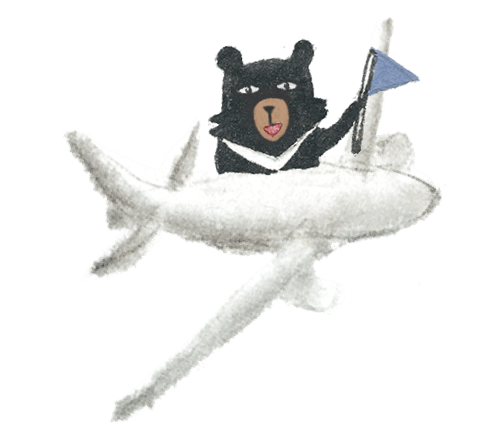

1976
The number of international visitors surpassed 1 million for the first time.
- On December 28th, the number of visitors to Taiwan exceeded 1 million for the first time.

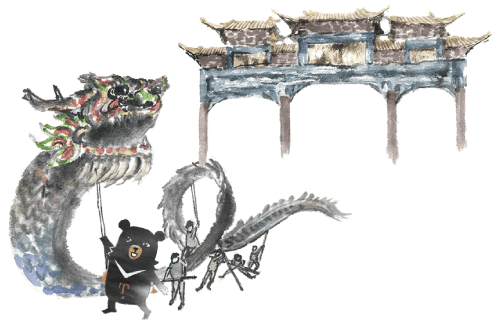

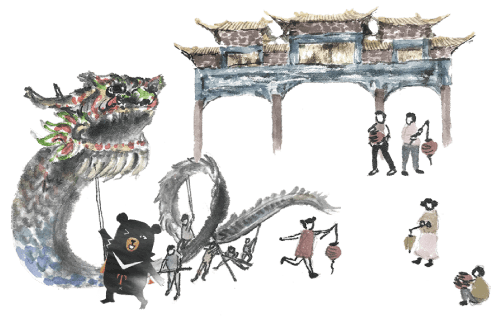
1978
The first Tourism Festival Awards Ceremony was held.
- In February, the first Tourism Festival Awards Ceremony was held.
|
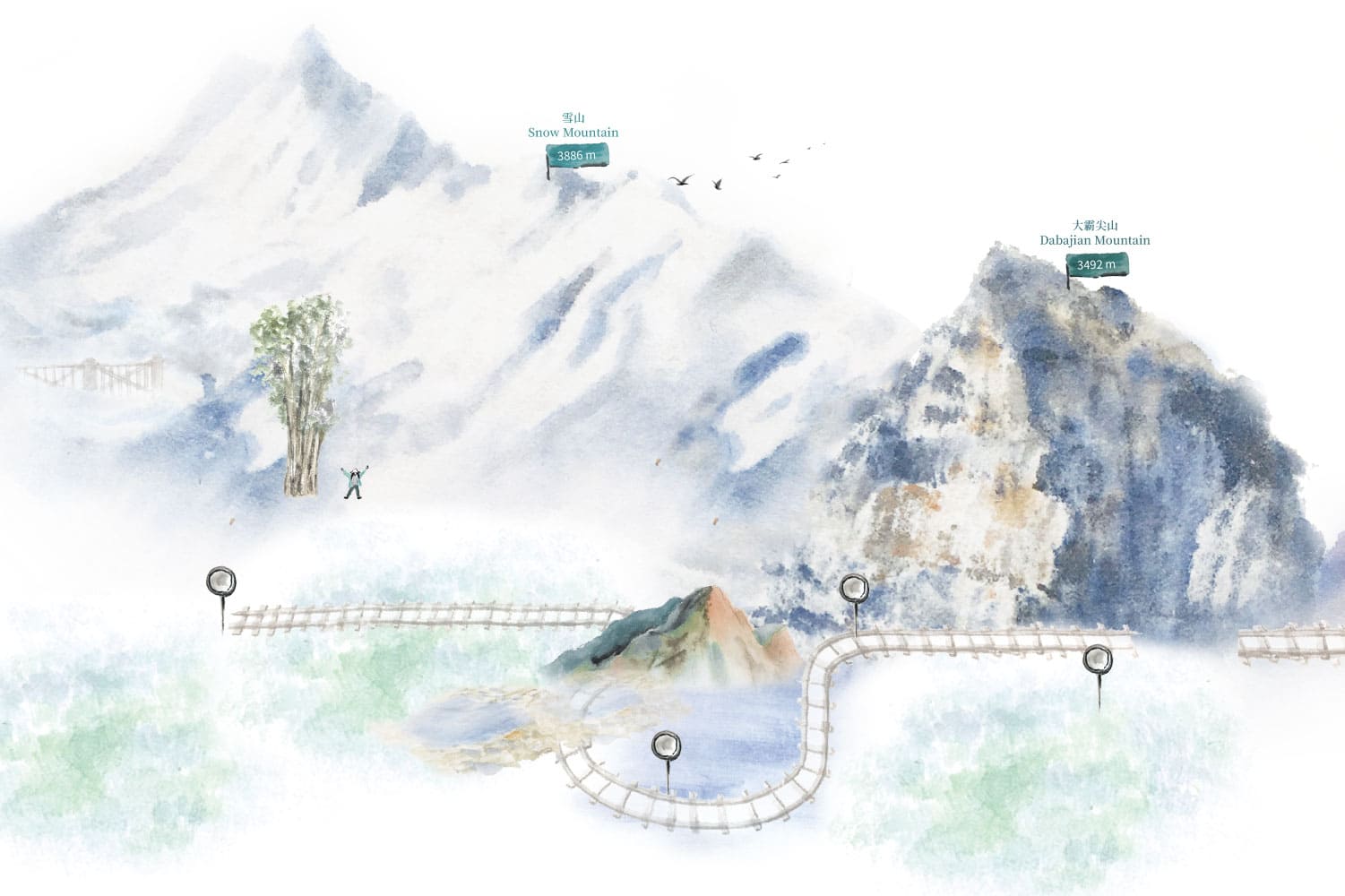


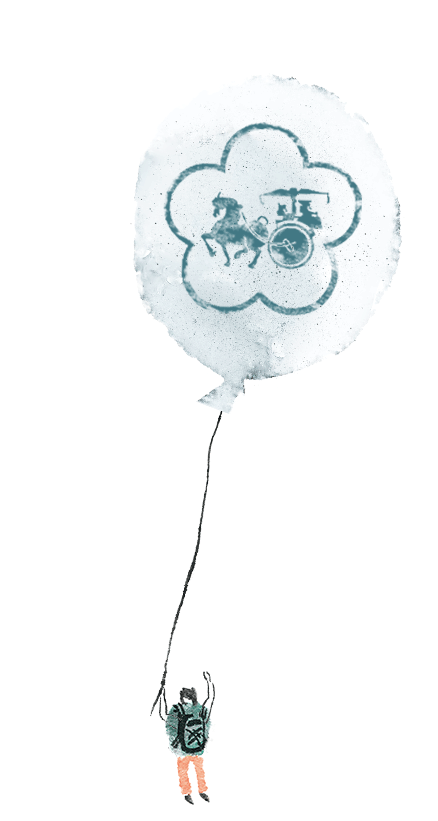

1980
The national painting— "The Peregrinations of Confucius" was used as a Tourism Bureau logo.
- In November, the second-generation emblem of the Tourism Bureau was launched.The theme of the national flower-the plum blossom-and the national painting of Confucius's peregrination, were used as the themes for the design. This was meant to encourage the public to follow the ambitions of Confucius.



1980
The North-Link Railway Line was opened to traffic.
- In February, the North-Link Railway was opened to traffic, and the Taiwan Railway Administration's eastern and western lines were completed.



1981
The Tourism Bureau Visitor Information Center was established.
- In July, the Tourism Bureau established the first " Visitor Information Center" at Songshan Airport to help international visitors.

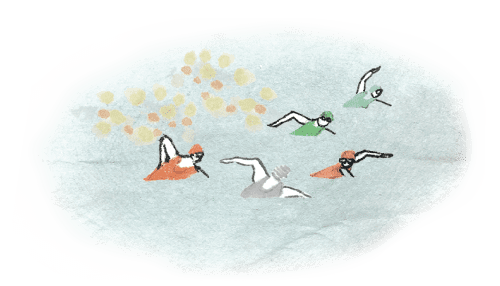

1983
The Sun Moon Lake "Ten Thousand People" Swimming Carnival was launched.
- In September, the first Sun Moon Lake International Cross-lake Swimming Carnival was held. The international camping event was co-organized by the Camping Association of the R.O.C., which was also the co-organizer of the Asia Pacific Rally F.I.C.C. in 1985.

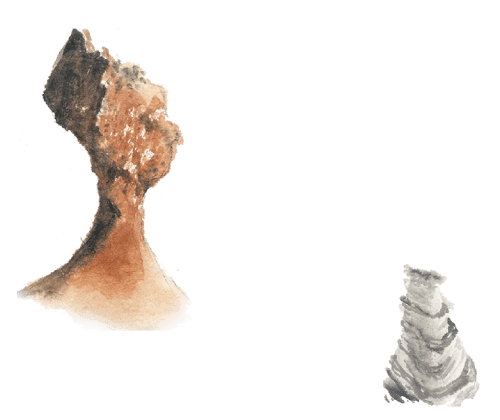


1982年
The first national scenic area was designated.
- In February, the Executive Yuan announced the approval of Taiwan's first National Scenic Area, the Northeast Coast Scenic Area. In June 1984, the "Northeast Coast Scenic Area Administration Office" was established(renamed the "Northeast Coast National Scenic Area Administration"in july 1995). Since then, a total of 13 national scenic areas have been established.

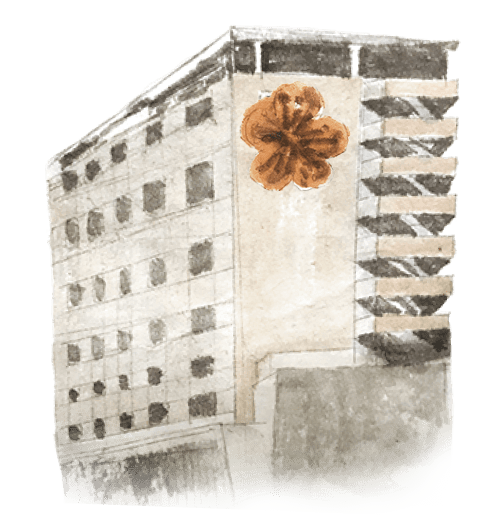

1983
The Plum Blossom Evaluation System for hotel enterprises was launched.
- Implemented a "plum blossom" evaluation system for tourist hotels,issuing 2 to 5 plum blossom grading badges.

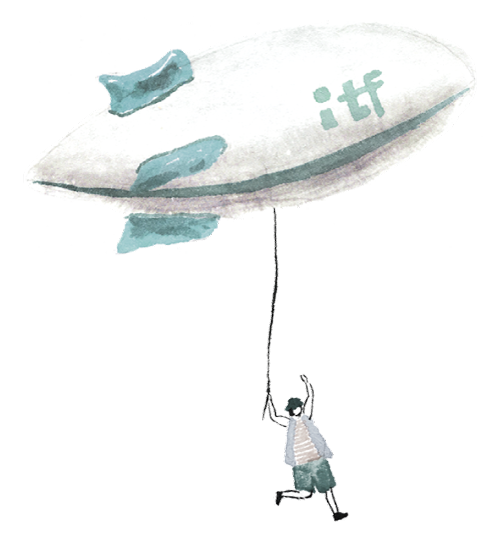

1987
The first International Travel Fair (ITF) of Taipei was held.
- In December, the first "Taipei International Travel Fair (ITF)" was held, which served as an important marketing platform in terms of the global tourism industry.

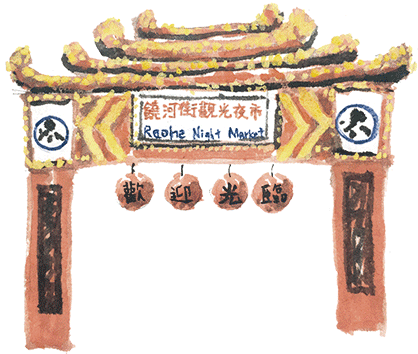

1987
The Taipei Raohe Street Night Market was opened.
- In May, the Raohe Street Tourist Night Market in Taipei was opened. In October, the 40-year-old Huaxi Street Night Market was rebuilt and reopened as a tourist night market. The local night markets throughout the country were also gaining popularity and developed into an important tourism resource in Taiwan.
|
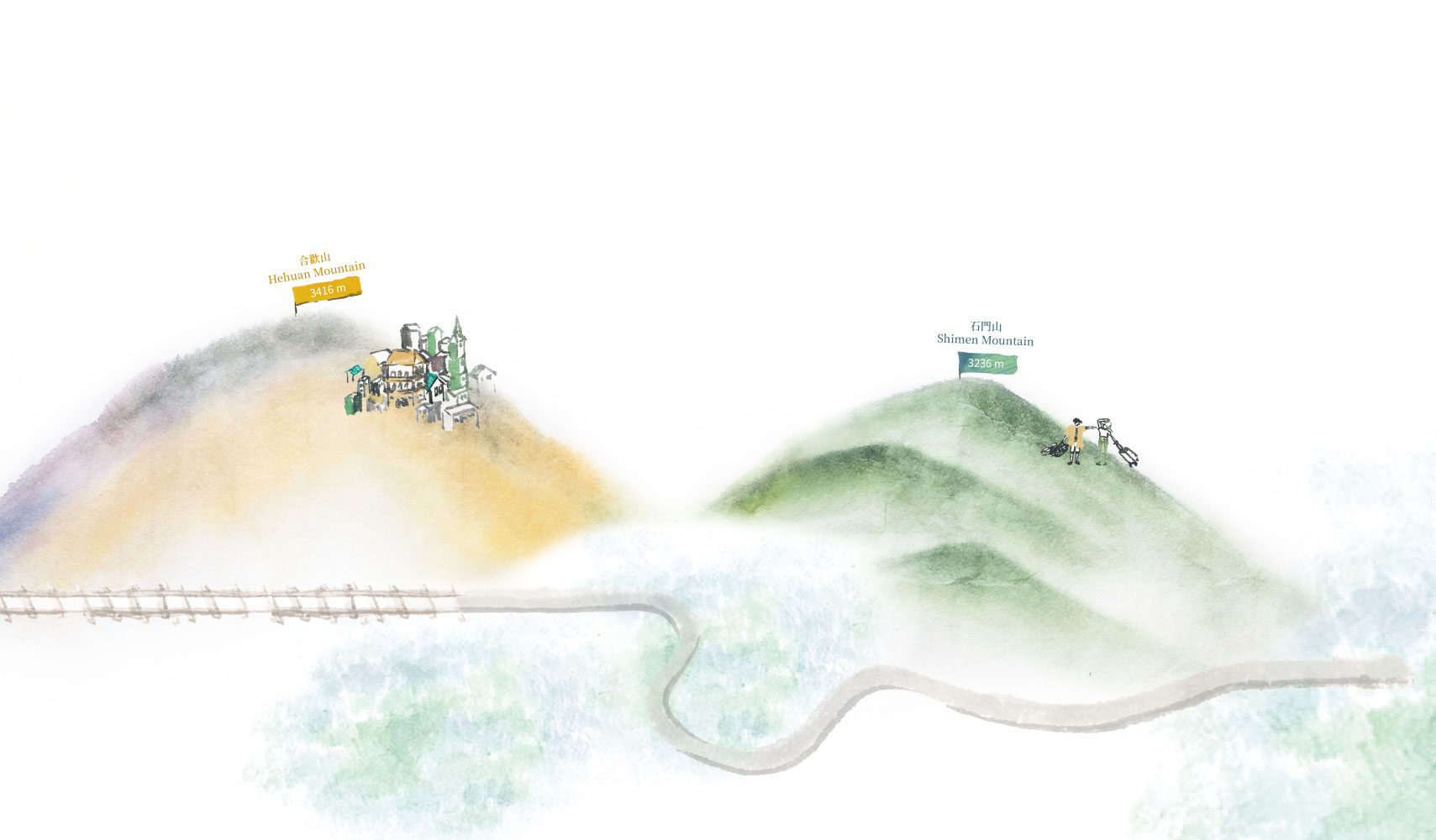

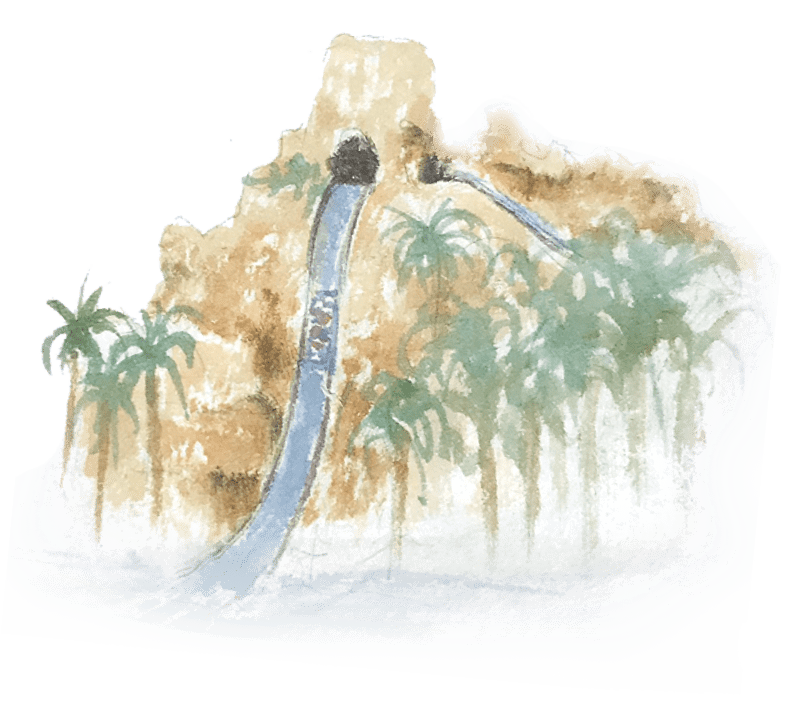

1994
Civic participation in major tourism and recreational facilities was promoted.
- In December, the "Statute for Encouragement of Private Participation in Transportation Infrastructure Projects" was announced and implemented to promote private participation in major tourism and recreation facilities through the use of BOO andor BOT methods.(In May 1999, the Tourism Bureau set up a "Promotional Group for Rewarding Private Investment in Tourism and Recreation Facilities" and completed relevant review and operational regulations.)

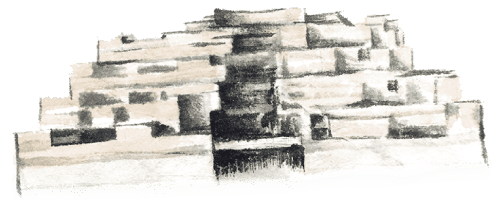

1990
The Taipei World Trade Center was established.
- In January, the Taipei World Trade Center was opened. Together with its exhibition area, conference center and hotel, it formed an exhibition building complex offering all types of tourism functions.

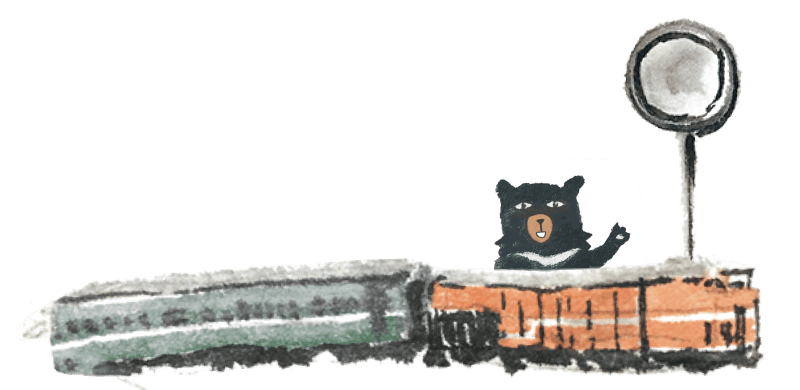

1991
The South-Link Railway Line was completed.
- In December, construction of the South-Link Railway was completed and opened to traffic, finishing the last section that connected all parts of the island-wide Taiwan Railway Network.



1993
The Kinmen National Park was established.
- In February, all regions in the country were opened for sightseeing; in May 1995, the Kinmen National Park became the sixth national park and the first one located on an offshore island.



1990
The first Taiwan Lantern Festival was held.
- In February, the first "Taipei Lantern Festival" was held (in 2001, the venue shifted to a different city each year and the title was changed to the "Taiwan Lantern Festival").

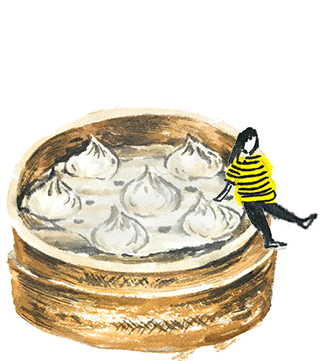
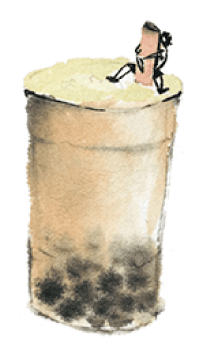

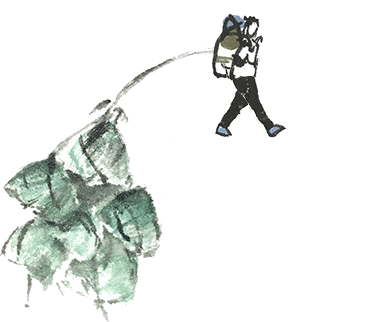
1990
The first Taiwan Culinary Exhibition was held.
- In February,the first "Taipei Chinese Food Festival" also took place in the same month (renamed the "Taiwan Culinary Exhibition" in 2007).


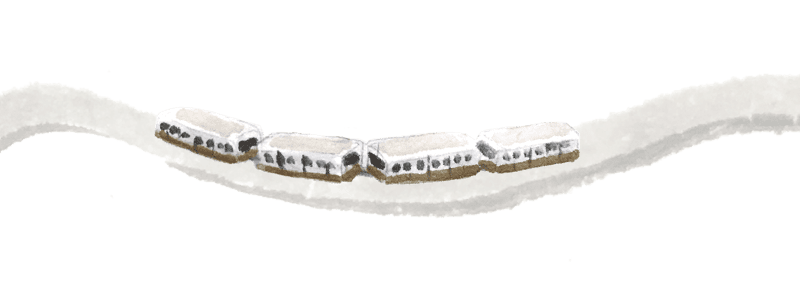
1996
The Taipei MRT Muzha Line was opened
- In March, Taiwan's first MRT Route—the Taipei Muzha Line-opened to traffic.



1992
The development plan for Taiwan's tourism and recreational system
- Completed the long-term "Taiwan Area Tourism and Recreation System Development Plan" and divided Taiwan into 36 interconnected recreation systems as a guideline for the development and planning of tourism and recreation.

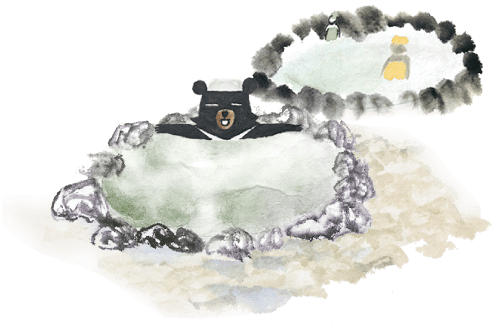


1999
The Taiwan Hot Springs Tourism Year was designated.
- The year 1999 was designated as "Taiwan Hot Spring Tourism Year. " A "Hot Spring Development Management Plan" was approved and 14 hot spring sites in various areas were rebuilt. This laid the foundation for Taiwan Hot Springs (and related Fine Cuisine) Festival activities.
|
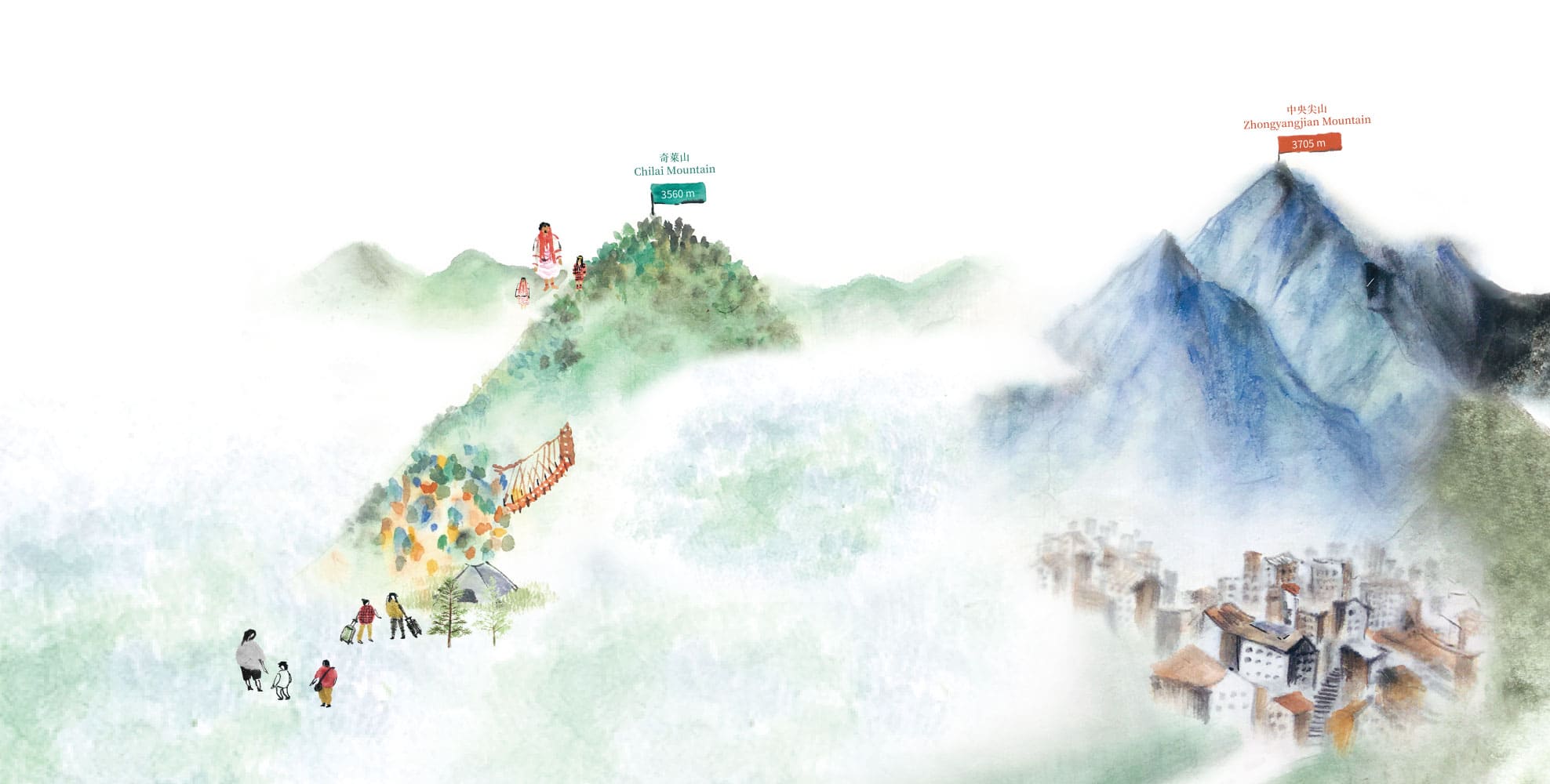

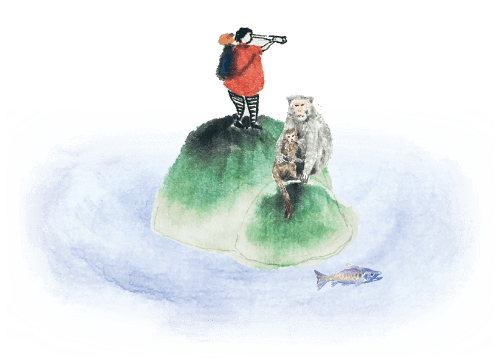

2001
Shaping Taiwan into an island for tourism.
- "The New Taiwan Tourism Strategies for the 21st Century" was implemented, and the tourism industry was listed as an important strategic area.


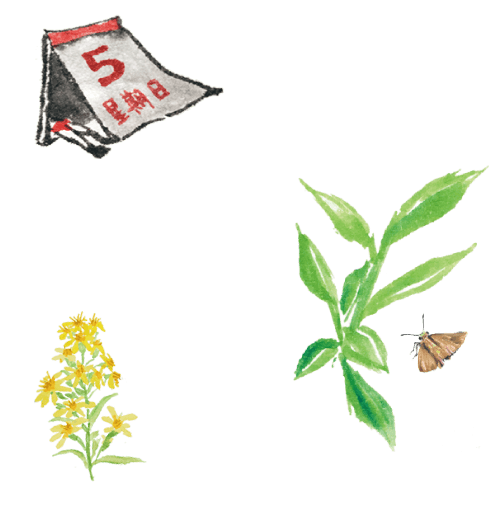
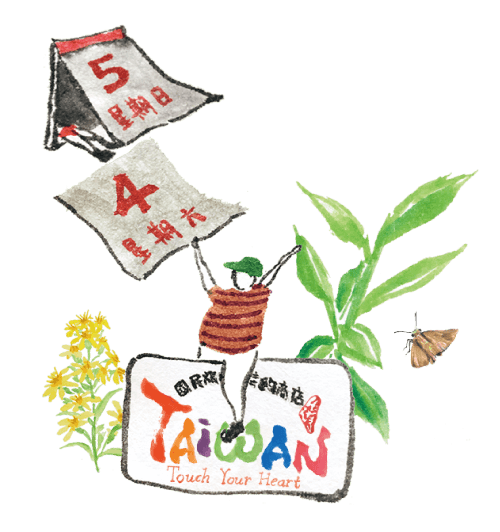
2003
Implementation of the National Travel Card began.
- In January, the "National Travel Card" system was implemented to promote tourism trends.

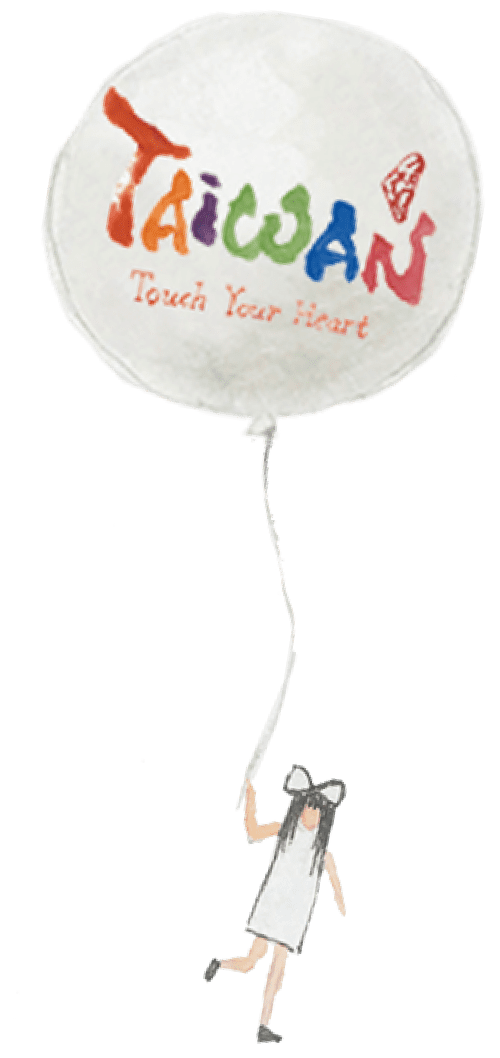

2001
Taiwan's international tourism brand image was launched.
- In January, the two-days-off per week policy was implemented to boost the development of domestic tourism. A heart-shaped "Taiwan-Touch Your Heart" logo was launched.Marina Watanabe became the first spokesperson for Taiwan tourism in the Japanese market.



2000
A new strategy for Taiwan's tourism development in the 21st century was drafted.
- "The New Taiwan Tourism Strategies for the 21st Century" was implemented, and the tourism industry was listed as an important strategic area.



2005
The number of Japanese visitors exceeded 1 million.
- In November, the number of visitors travelling to Taiwan exceeded 3 million in a year for the first time; the number of Japanese visitors travelling to Taiwan exceeded 1 million.

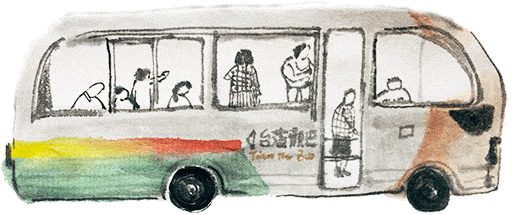

2004
The Taiwan Tour Bus service began its operation.
- In January, the "Visit Taiwan Year" project was launched along with the promotion of Taiwan Tour Bus travel products. (The name was formally changed to "Taiwan Tour Bus" in June 2012.)
- In May, the "i-Center," a unified identification image for tourism consultations, was introduced.


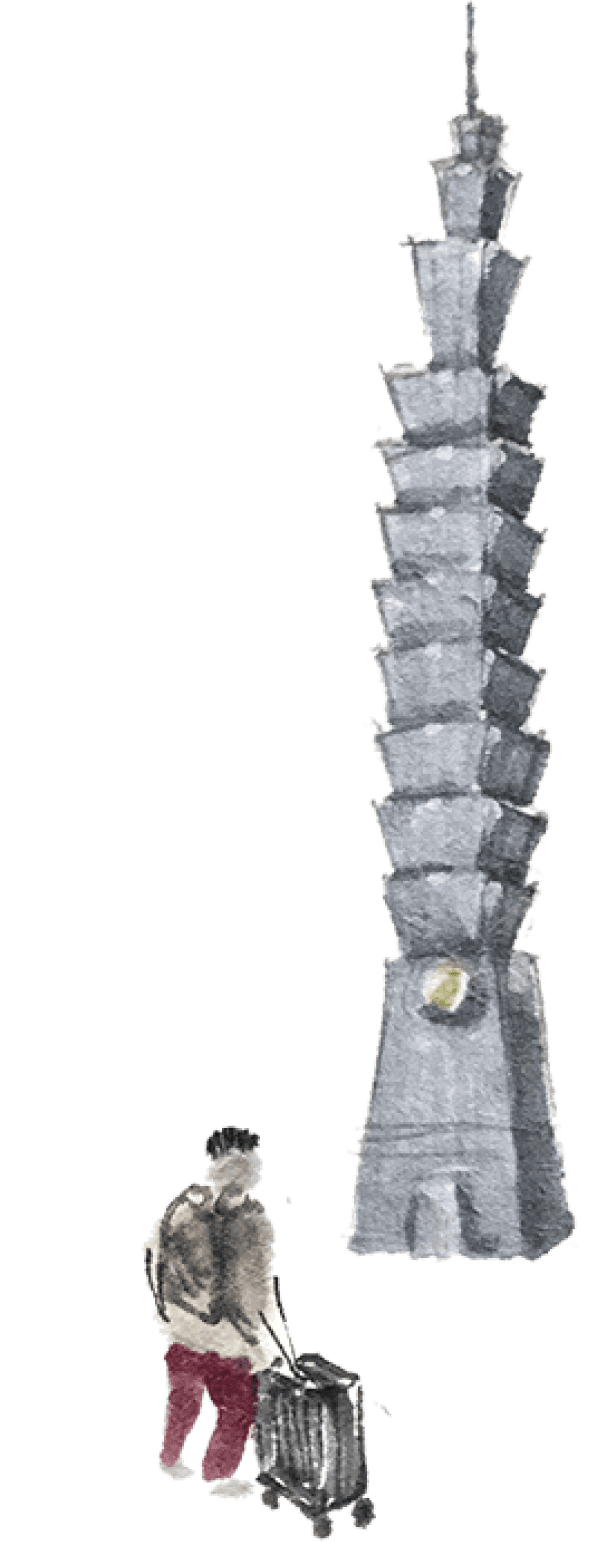
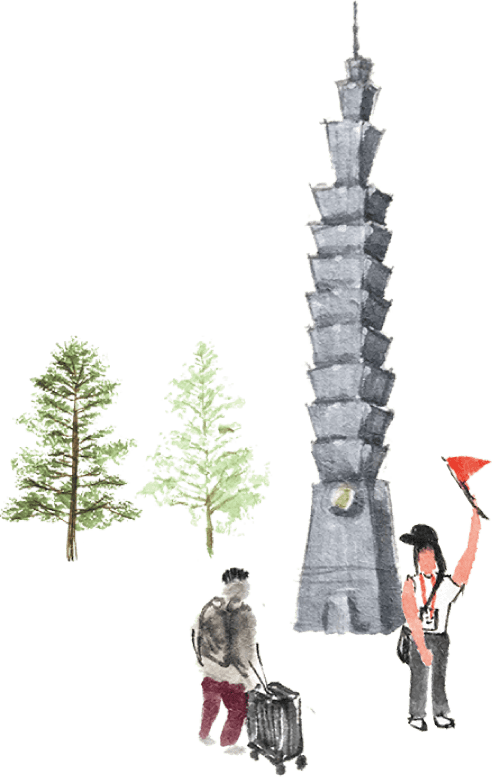
2008
Taiwan welcomed tourists from mainland China.
- In July, mainland Chinese tourists were allowed to visit Taiwan for sightseeing, and the first group of mainland Chinese tourists arrived in Taiwan.



2007
The Taiwan High Speed Rail was opened to traffic.
- In March, Taiwan High Speed Rail began operations, making one-day tourism between the cities of Taipei and Kaohsiung possible.

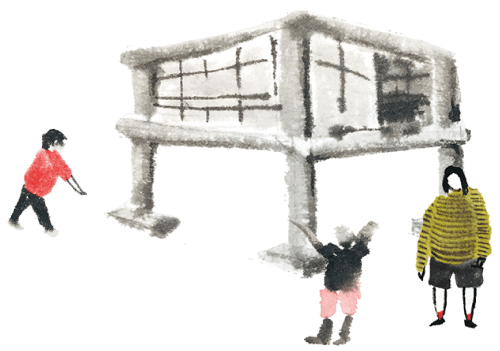

2006
The Taiwan Strait Tourism Association was founded.
- In October, the Taiwan Strait Tourism Association (Taiwan Tourism Association) was established to initiate cross-strait tourism exchange.

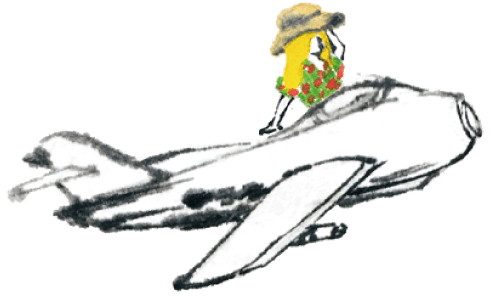

2009
Project Vanguard for Excellence In Tourism was launched.
- In April, the Executive Yuan listed tourism as one of the six emerging industries in Taiwan, and launched the "Project Vanguard For Excellence In Tourism" program.
|
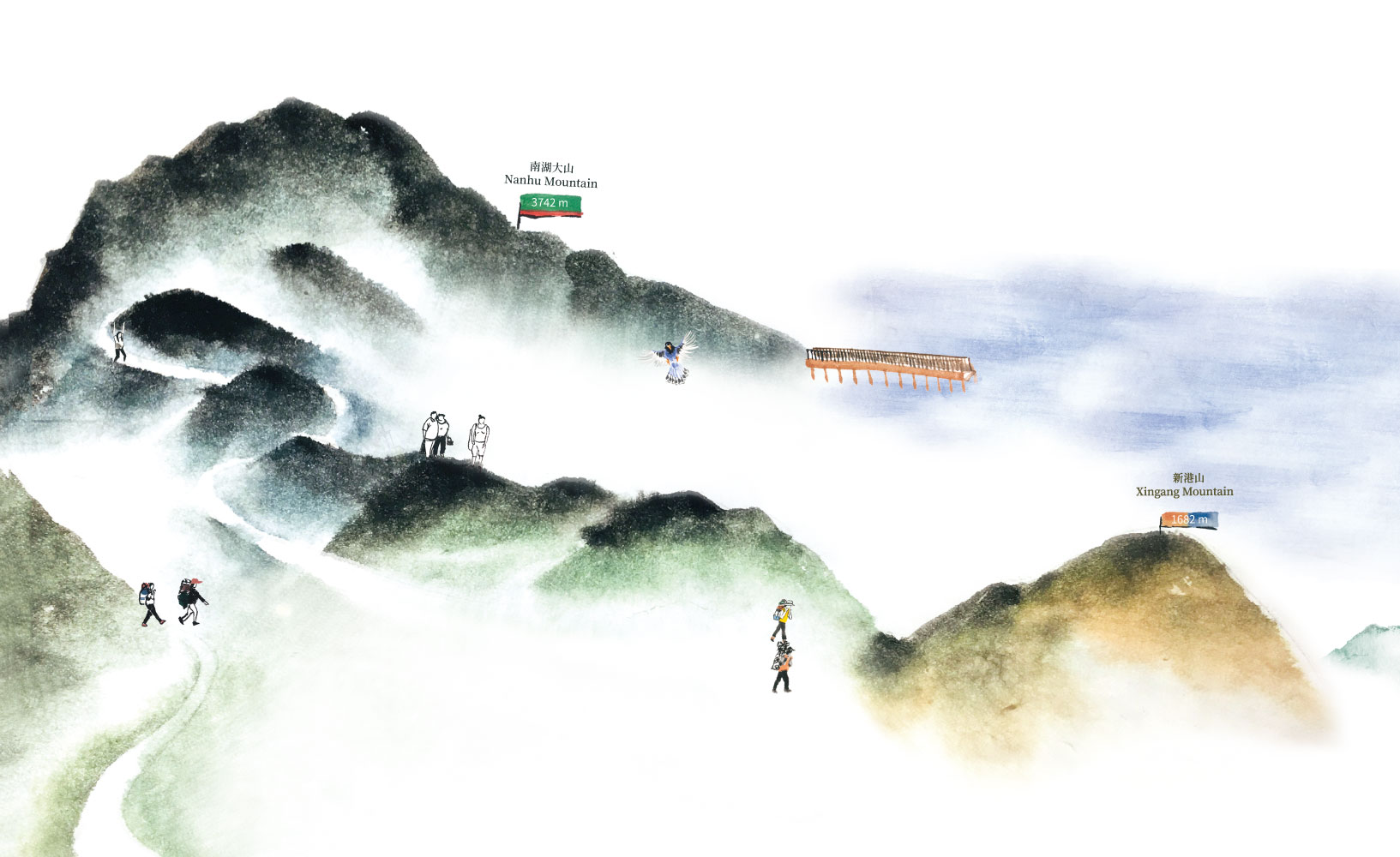
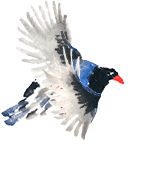


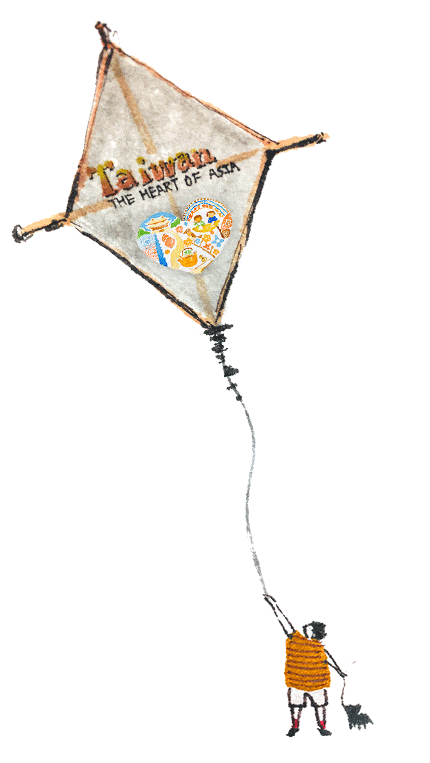

2011
New tourism brand of Taiwan was launched.
- In February, 100 years after the founding of the Republic of China, a new tourism branding campaign of "Taiwan - The Heart of Asia " was launched. An early sub-theme of the campaign was "Asian Essence, Heart Touching Taiwan. " With this branding, Taiwan welcomed travelers from throughout the world to have a heart-felt experience by traveling in Taiwan. The slogan "It’s Time for Taiwan" was used to appeal to the coming of a new era in Taiwan tourism.



2013
The Formosa Summer Festival was promoted.
- In May, a large-scale tourism event "Taiwan Summer Solstice 235" was launched (renamed the "Formosa Summer Festival" in 2018).

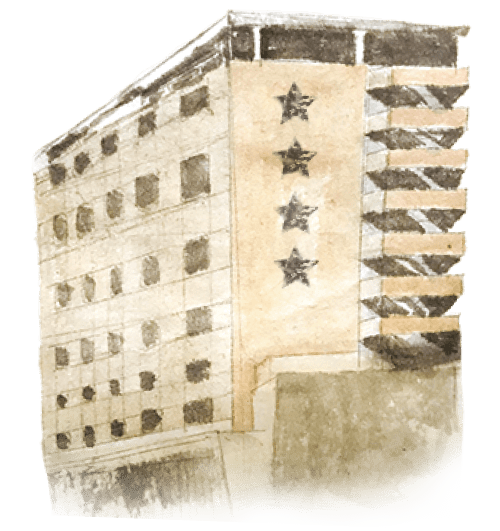

2010
The process for Hotel Star Ratings was implemented for the first time.
- In July, the Tourism Bureau first adopted its own evaluation system for "Hotel Star Ratings" to provide tourists with different options, stimulating improvements in hotel services and facilities.

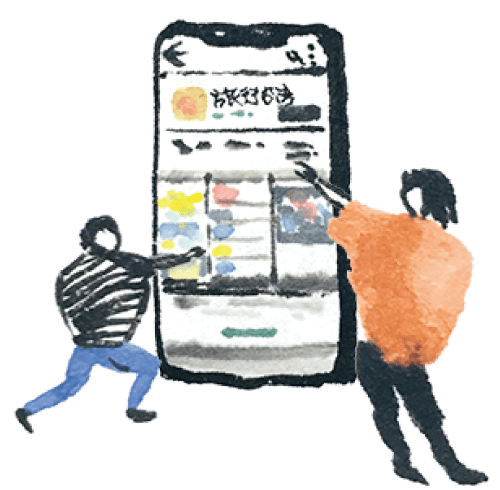

2012
The Tour Taiwan App was launched.
- In June, smart tourism was expanded with the launch of the "Travel Taiwan app."



2010
The first Taiwan Cycling Festival took place.
- In October, the first "Taiwan Cycling Festival" took place.



2014
Super Task Force Leader — "OhBear" became the tourism ambassador of Taiwan.
- In June, the friendly ambassador of the Tourism Bureau's super task force—"OhBear"—took up his job to promote Taiwan tourism.

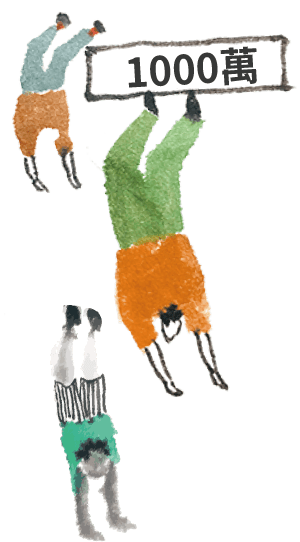

2015
The number of international visitors exceeded 10 million.
- In December, the number of visitors to Taiwan exceeded 10 million,passing a new milestone.



2014
The Asia Cruise Cooperation (ACC) was formed.
- In April, Taiwan representatives signed the Asia Cruise Fund (ACF) with Hong Kong to strengthen the capabilities of both parties in the Asian cruise market. In 2015, the fund was renamed the Asia Cruise Cooperation (ACC).
|

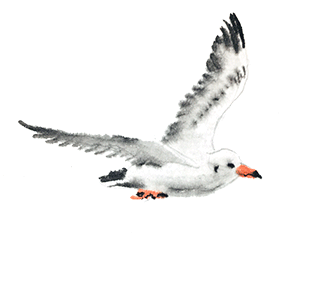


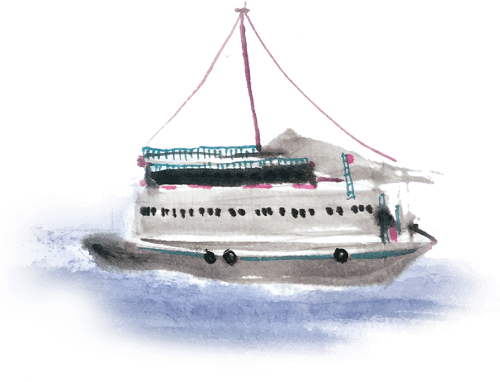


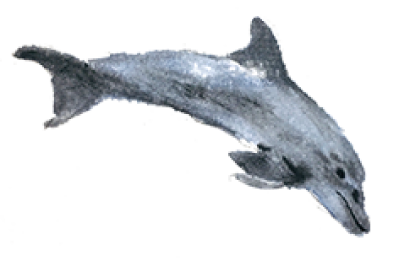
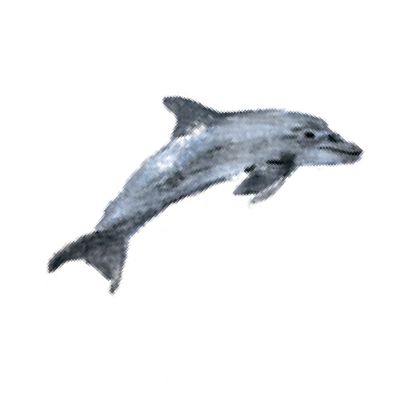


2018
Year of Bay Tourism
- In January, the "2018–Year of Bay Tourism" was initiated , highlighting the development of sustainable tourism in Taiwan.



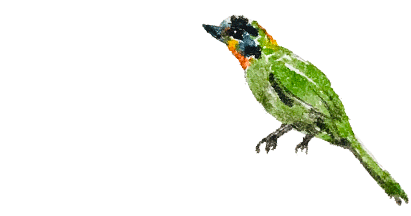

2017
Year of Eco-Tourism
- In January, the "2017–Year of Eco tourism" was initiated , highlighting the development of sustainable tourism in Taiwan.



2016
The New Southbound Policy was promoted.
- The New Southbound Policy facilitated relaxed and simplified visa measures for tourists from New Southbound countries visiting Taiwan. Fifteen branch offices were successively set up in Bangkok, Ho Chi Minh City, London and other major cities, along with liaison offices in Mumbai, Jakarta, Sydney, New Zealand, and so forth. The number of inbound visitors from those countries has grown rapidly since.

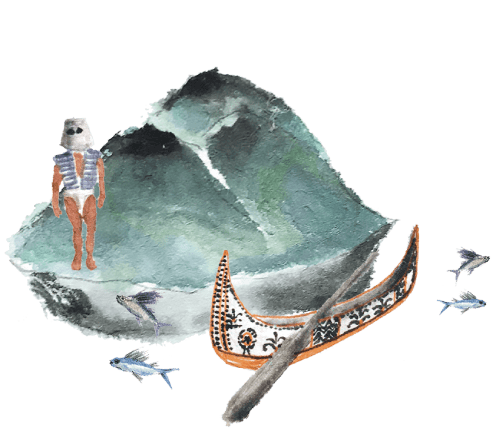
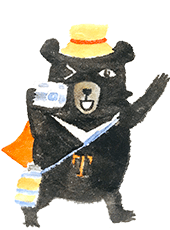

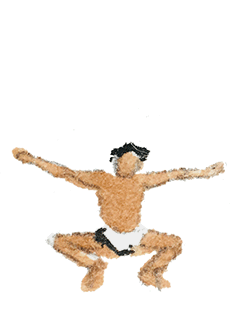

2017
Tourism 2020: Taiwan Sustainable Tourism Development Plan
- In January, the "Tourism 2020—Taiwan Sustainable Tourism Development Plan" was initiated to shape Taiwan into a friendly, convenient and in-depth tourism country. Specific themes were promoted for the subsequent four years were as follows: 2017–Year of Eco tourism, 2018–Year of Bay Tourism, 2019–Year of Small-Town Ramble, 2020–Year of Mountain Tourism, highlighting the development of sustainable tourism in Taiwan.
- In March, the third week of March each year was designated as "Travel Safety Awareness Week."
- In December, the number of visitors from the New Southbound countries exceeded 2 million.



2019
Year of Small Town Ramble
- In January, the "2019–Year of Small-Town Ramble" was initiated , highlighting the development of sustainable tourism in Taiwan.

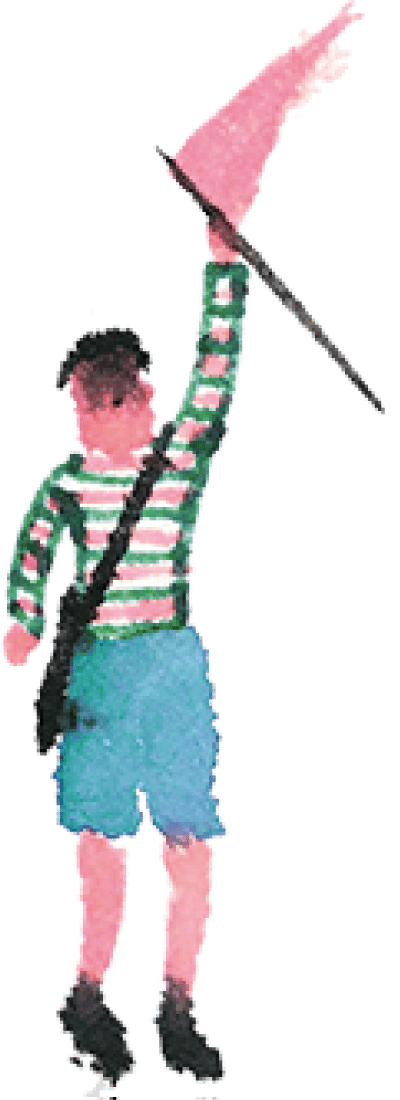

2020
Year of Mountain Tourism
- In January, the "2020–Year of Mountain Tourism" was initiated , highlighting the development of sustainable tourism in Taiwan.
|

